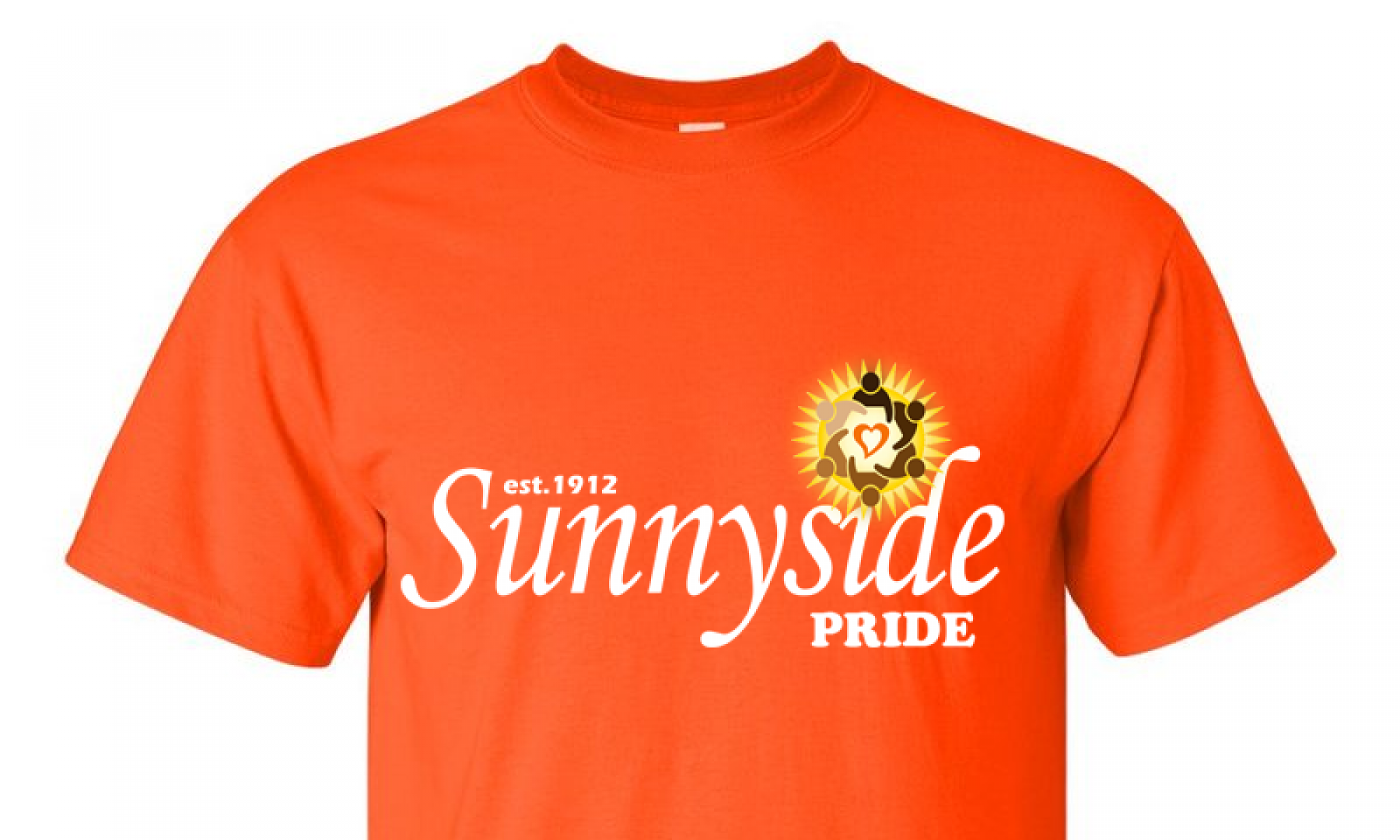What exactly are the implications of white artists creating (and profiting) off of work that depicts black trauma and black pain?
That question is at the center of the controversy surrounding the painting “Open Casket,” now on display at the 2017 Whitney Biennial. The painting, by white artist Dana Schutz, portrays the body of 14-year-old Emmett Till ― the Chicago boy who, in 1955, was kidnapped, tortured, and brutally murdered for allegedly whistling at a white woman (who admitted that she lied decades later). The white men who killed him were found not guilty by an all-white jury.
After Emmett’s death, his mother, Mamie Till Mobley, famously insisted upon an open casket, so that the world might see what racism did to her boy. The pictures of Emmett’s swollen and disfigured body, later published in the black publication “Jet” magazine, became a catalyst and a rallying cry for the Civil Rights movement.
Schutz’s “Open Casket” is an oil on canvas recreation of those famous photos. “Open Casket” is a weak attempt at white solidarity with black folk.
The painting in question, below (included only for context), makes an attempt at forcing to viewer to meditate on loss and the “radical” visibility of the black body, but it fails. Why? Because there is nothing radical about a white artist misappropriating and profiting off of black trauma.
And yet, we see white artists and creators profit off of black trauma, black death, and black bodies time and time again. We see it in the endless loop of shaky iPhone videos and dashcam clips that replay the deaths of black people like Alton Sterling, Philando Castille and Eric Garner over and over again on 24-hour cable news. We saw it in the photos of lynched black bodies shared as postcards all the way up to the 1960s.
While Schutz has stated that she never intends to sell the painting, according to The New York Times, there’s no denying that the attention that it has generated will undoubtedly lead to some form of profit down the road. And this is beyond just profit. It’s about the currency of privilege.
Black trauma drives views and clicks. Black pain translates to dollars, even as we’re told that the spreading of images of black bodies equals awareness, empathy.
Empathy has its place. But a black mother’s decision to share the image of her battered child with the world is very different than a white artist’s decision to reflect on that pain and trauma by recreating it. Did Dana Shutz ever stop to think she was literally taking ownership of the young Emmet Till’s body for her own gain?
For many black folk, white empathy means little if it doesn’t come with positive, intentional action that centers and amplifies the voices of the oppressed. White empathy rarely translates to justice, or the restructuring of the institutional horrors that result in the deaths of black people every day.
This is why black artists, art lovers and activists are now speaking out. On March 17, artist Parker Bright showed up at the Whitney Biennial to protest the painting. Wearing a T-shirt that had “Black Death Spectacle” written on it in big bold letters, Bright stood in front of Shutz’s painting, obstructing it from view, until the museum’s closing.
And on Tuesday, artist and activist Hannah Black released an open letter to the curators of the Whitney Biennial, calling for the painting to be removed from the exhibit, and destroyed.
“Although Schutz’s intention may be to present white shame, this shame is not correctly represented as a painting of a dead Black boy by a white artist,” Black wrote.
“Those non-Black artists who sincerely wish to highlight the shameful nature of white violence should first of all stop treating Black pain as raw material.”
In a statement to Artnet News, Whitney Biennial curators Christopher Y. Lew and Mia Locks had this to say:
Dana Schutz’s painting, Open Casket (2016), is an unsettling image that speaks to the long-standing violence that has been inflicted upon African Americans. For many African Americans in particular, this image has tremendous emotional resonance. By exhibiting the painting we wanted to acknowledge the importance of this extremely consequential and solemn image in American and African American history and the history of race relations in this country. As curators of this exhibition we believe in providing a museum platform for artists to explore these critical issues.
In other words, the defense of these two non-black POC was that they wanted to “start a conversation,” a conversation that black people and more importantly black artists started long ago, a conversation that Shutz’s painting, quite frankly, adds nothing to, past highlighting the aestheticization of black trauma for profit and for press. Where’s the solidarity in this?
Like so many examples of white art about black pain, from the lowbrow like Macklemore’s song “White Privilege” to Quentin Tarantino’s meditations on slavery in “Django Unchained,” Schultz’s painting takes up space rather than creating it. Her artwork, and the controversy it has generated, has overshadowed the important works by black artists included in the Biennial ― works that have far more to say about the black experience than Schutz ever will.
The only thing to take away from this controversy is this: listen to black people. Believe black people. Give black people the access and space and resources to elitist, mostly white institutions so that issues like these don’t even have the chance to arise.
— This feed and its contents are the property of The Huffington Post, and use is subject to our terms. It may be used for personal consumption, but may not be distributed on a website.
Source: HuffPost Black Voices
